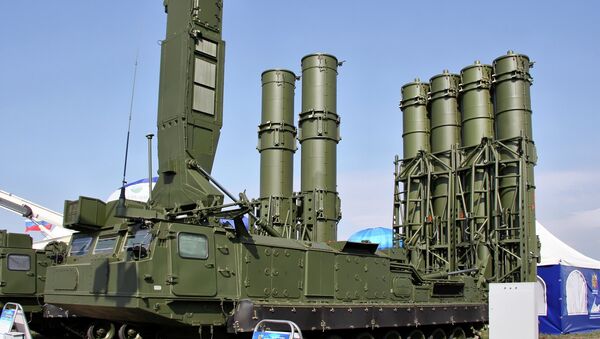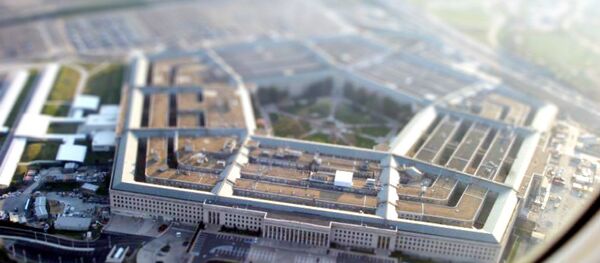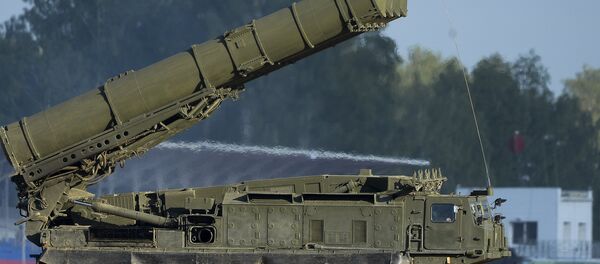Victor Ozerov, head of the Federation Council's Defense and Security Committee, told RIA Novosti that this move could have been "necessary to prevent incidents similar to the Su-24 downing from happening."
Defense analyst Vladimir Evseev maintained that Russia could have deployed the S-300 to Syria in a bid to boost its defenses specifically against missile attacks.
"Unlike other air defense systems, say the S-400 Triumf, the S-300VM has additional capabilities against missile attacks. It is capable of intercepting warheads traveling at a speed of up to 5 kilometers per second and destroying them at a maximum altitude of 30 kilometers," he explained.
Lieutenant General Aitech Bizhev indirectly confirmed this assessment. The Antey-2500, he said, is primarily tasked with "countering a massive cruise missile airstrike on administrative, industrial or military objects, as well as our forces." He also told Svobodnaya Pressa that the S-300V4 is better at intercepting cruise missiles than the more advanced S-400.
The S-300V4, an upgraded version of the S-300VM, is "a highly automated and extremely efficient weapon," Bizhev said, adding that its readiness time is five minutes.
Anatoly Tsyganok, head of the Center for Military Forecasts, pointed out that the Pentagon has significantly more warplanes close to Syria.
"According to different sources, the Russian Aerospace Forces have deployed somewhere between 20 and 40 planes to Syria. The US has two air groups stationed on its aircraft carriers in the region. In other words, they have 140 aircraft. This is why Russian service personnel in Syria need additional protection form aerial attacks," he explained.
The system has been designed and is manufactured by Almaz-Antey, a Russian state-owned defense company.





